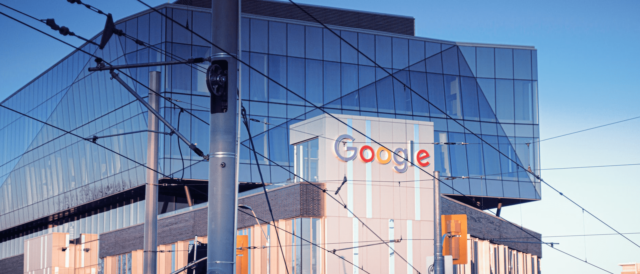It’s been over 12 months since Hallam’s Paid Media Department recommended Google Smart Shopping to our e-commerce clients, meaning that we can now see the impact of switching over from standard shopping campaigns to Google Smart Shopping on Google Ads.
Our past experience with smart shopping
Previously, we relied upon manual bidding for smaller clients and automated bidding for larger clients.
Automation worked very well for bigger clients who had enough data to work with. Scripts were developed to automatically handle all aspects of the campaigns, such as:
- Product group bidding
- Product group division
- Negative keyword lists
- Bid adjustments
When we tested Google’s Smart Shopping back in 2018, we found that bidding was too aggressive for new campaigns, often leading to a loss of profitability and clients wondering if they could fully trust the platform during the arbitrary learning period.
Experiments with the Google Shopping’s Comparison Shopping Services (CSS) platforms in 2019 led us to stop testing smart shopping again until several months later.
Recent results from smart shopping
An already strong performer
The example below shows a smart shopping switchover in August 2019 for a client who was doing reasonably well previously with standard shopping:

After a choppy start and one week of poor return-on-ad-spend (ROAS) levels, due to higher ad costs, subsequent weeks maintained a similar revenue amount as before but with lower ad costs.
A spike in volume during black Friday in November was a tipping point where the smart shopping campaigns gained enough data to surpass the standard shopping campaigns beforehand. Volumes of sales during early 2020 were nearly double than beforehand, with a ROAS very close to the client’s target.
The UK went into lockdown during March 2020 (marked red on the graph) which gave this account an unexpected boost further.
The European market
This next example shows a European client who switched over during January 2020:

This client quickly measured a noticeable increase in ad revenue per day, coupled with a drop in ad cost per day also, greatly increasing profitability.
Again the COVID-19 pandemic affected these results after a lockdown was announced in the country, marked in red.
An emphasis on digital due to lockdown
This last example paints a similar picture as before, with online business booming due to traditional stores being closed and consumers still wanting goods. This UK account made the switch just a week before the UK lockdown, marked in red:

Unfortunately, we cannot make any conclusions about whether smart shopping made a positive impact for this client, but it certainly helped maximise volumes compared to the previous two years shown on the graph.
With such high demand online and limited stocks, the client’s paid media ROI targets were raised to spend less on advertising per sale in order to make much greater profitability overall, a fantastic result!
Is it worth making the switchover?
We’re confident that smart shopping is now at the stage where it’s producing better results than any standard campaign.
We have another high spending current switchover underway on a client which matched previous results in just 6 days and is on track to surpass the previous smart bidding campaigns used before, powerful results already.
There are a few issues still with smart shopping to consider, including:
- Blocked search query data – This data is valuable when used to enhance SEO, UX and other types of ad campaigns.
- Poor Bing Shopping mirroring – You can no longer mirror your Google Shopping campaign with Bing and expect the same results.
- No audience targeting options – Google will use data from all of your audience lists, but you cannot target them separately.
- Auto-enrollment in search partners – There’s no option to remove ads from certain sites or have any control on where they are shown.
The first point may be the most important for bigger businesses as they are effectively selling their own data to gain an advantage in Google’s Shopping results, an option which is either take it or leave it currently.
How can I improve a smart shopping campaign?
Google’s Smart Shopping campaigns haven’t put paid media agencies out of a role quite yet, instead, the role of paid media now is to improve the effectiveness of smart shopping by focusing on these key points:
- Product feed improvements – The data behind the products is all-important, especially the images, title, description and any promotional fields behind each product.
- Price or rating improvements – If one of more advertisers have different prices for the same product then Google often favours the cheaper one or the seller with a better seller rating, both play a key role in which advertiser earns the click on common products.
- Website improvements – Branding, User-Experience (UX) and page speed improvements are arguably the most important part of digital marketing this year, all need to support each other for a unified experience.
- Lifetime value – Looking beyond immediate profitability allows e-commerce businesses to bid above competitors for long terms gains in brand value, customer loyalty and reaching new customers through other channels.
Want to improve your Google Ads campaigns? Get in touch and plan a virtual call with one of our paid media specialists today.









